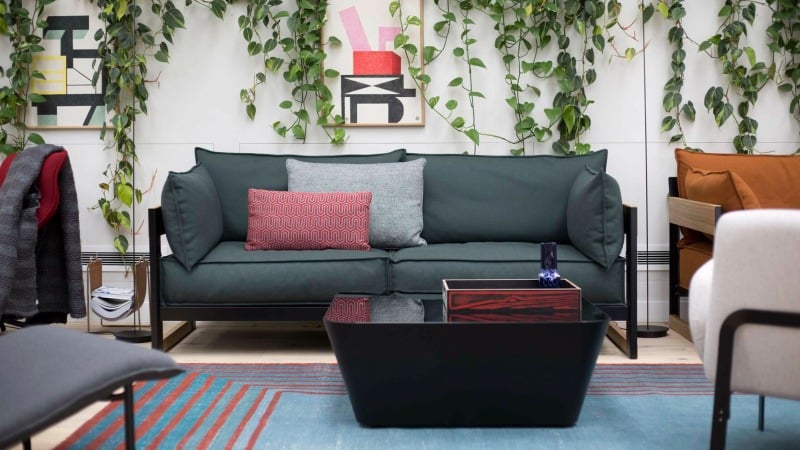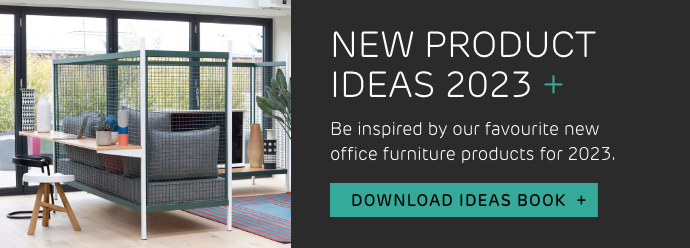Informal spaces are increasingly becoming a core element of workplace design. And more than 60% of project budgets are currently being spent on ancillary furniture products.
But what’s prompting this trend? What are the benefits of ancillary furniture? And how can organisations ensure they provide the right ergonomic support for workers?
What is ancillary furniture?
Ancillary furniture is a term used to describe furniture products used in informal workspaces that support various postures, such as sitting, perching, lounging and standing.
“This is furniture for office lounges, in-between spaces, enclaves, conference rooms, patios, work cafés and other collaborative spaces—areas that don’t represent workers’ primary work settings but that are becoming increasingly vital in contemporary work life.” Coalesse
Examples of ancillary furniture include:
- Sofas and lounge chairs
- Benches and ottomans
- Stools
- Side tables and coffee tables
- Outdoor seating and tables
The growing popularity of ancillary spaces
By definition, ancillary means something that’s been added to support or enhance an organisation’s activities. But it’s becoming the new primary.
As organisations across the globe step away from traditional workstations and towards more casual and dynamic settings, informal work settings or 'ancillary spaces' are becoming popular.
“Corners that encourage transparency, inspiration, companionship, and teamwork are slowly but steadily gaining territory to become the true heart of the office.” Viccarbe
The benefits of ancillary spaces
Ancillary spaces support collaboration, creativity, and employee wellbeing.
Work today is more task-oriented, in the sense that workers seek different spaces to accomplish different tasks. With ancillary spaces, workers can now choose to spend the morning sitting in the comfort of a lounge chair, catching up on emails, and the afternoon perched over a table with teammates brainstorming ideas for a project.
Workers want to be in spaces that feel less corporate-like and more home-like. They’ve become accustomed to working in more comfortable spaces, such as at home or from the local coffee shop, and ancillary furniture helps to mimic this atmosphere within the workplace.
And with a range of demographics in the workforce, from Gen X to Gen Z, offices need areas that can accommodate everyone. Younger workers, in particular, are seeking greater mobility and flexibility. This range of spaces also makes the office more inclusive for people who are neurodiverse.
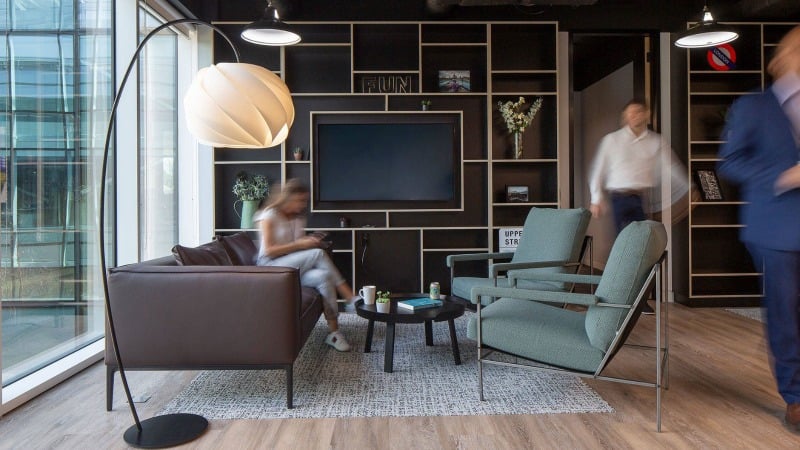
Image: An ancillary space at the ServiceNow offices in Staines, furnished by IE. Read the full case study.
Putting ergonomic design at the forefront
Ancillary spaces often look inviting and inspiring. But they must also be functional and comfortable. Without good ergonomics, ancillary spaces can be damaging to employees’ physical and cognitive wellbeing.
When it comes to ensuring good ergonomics for ancillary spaces, the devil is in the details:
Functionality matters
To be productive, people need to be comfortable. But they also need proper functionality. They need surfaces that are big enough to support their laptop and analogue tools like notebooks and documents.
Space for “stuff”
Ancillary spaces must provide a place for workers to put their things. Whether it’s a cup of coffee, a notebook, or project materials, most won’t get work done without somewhere to put it. If there’s nowhere convenient to set it all down - like a side table or coffee table - they may end up sitting uncomfortably, and wellbeing and productivity will suffer.
Promoting healthy posture
When designing ancillary spaces, the basic rules of healthy posture apply, so pay attention to how you pair pieces of furniture together. Feet should rest flat on the floor (or on a footrest) and monitors should be at eye level with hands at or below elbow level to keep wrists straight.
The height of the table should always be relatable to the height of the seat - ideally there should be a 10-12″ difference between them.
Pairing the wrong pieces of furniture together is a sure way to make employees uncomfortable, leading to musculoskeletal issues, cognitive impairment and reduced productivity.
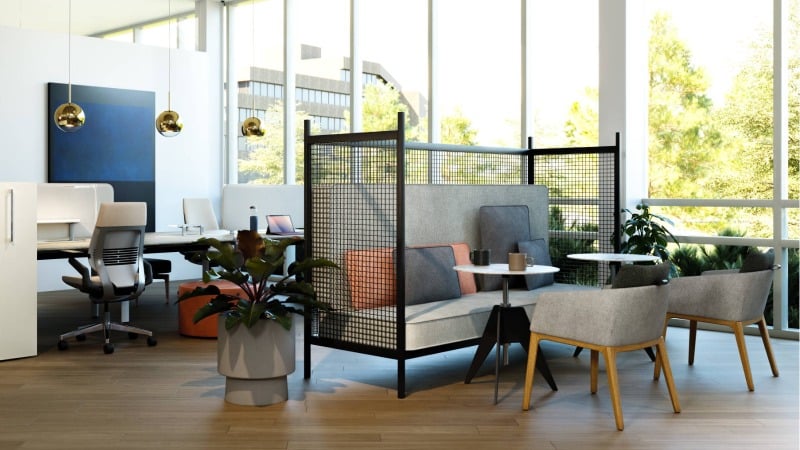
Staying connected
Offer points to plug in chargers for laptops or other devices that are within easy reach of the space. Or, provide portable sockets like the Steelcase Flex Mobile Power charging pod.
Using furniture as intended
Resting your laptop on a coffee table while you work from a sofa is a recipe for developing back and neck pain. A coffee table should be used as just that - a coffee table.
Options for privacy
Ancillary spaces should offer some degree of privacy if required by users. Acoustic screens and biophilia offer good solutions.
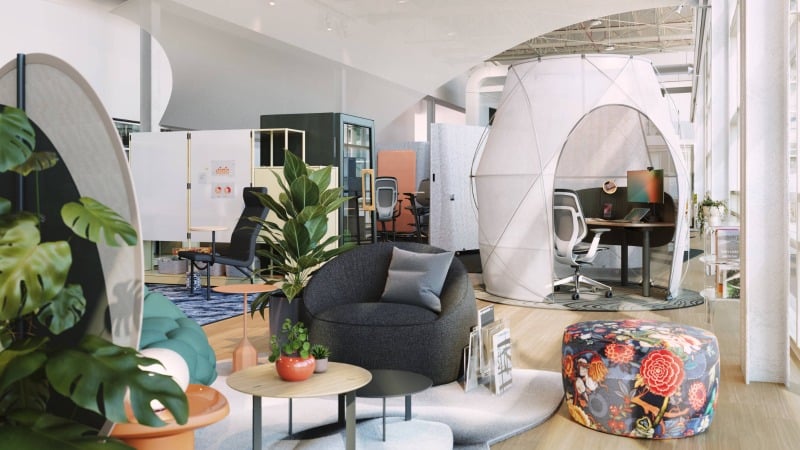
Summary
The focus on ancillary furniture signals that workplace design has become more personal. There’s no one-size fits all solution, nor should there be.
Well-thought-out ancillary spaces can support multiple modes of work, create a more relaxed, collaborative and connected experience, and meet the needs of all workers. Ensuring ancillary spaces don’t just look great, but also offer appropriate ergonomic support, is key to creating a happy and healthy workforce.






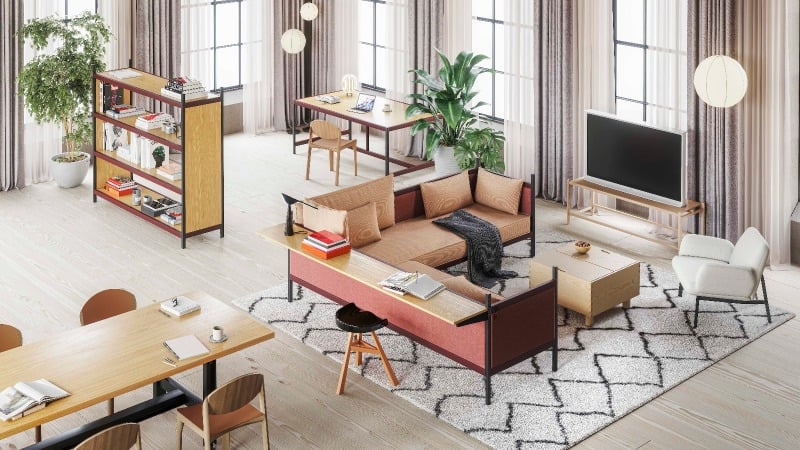
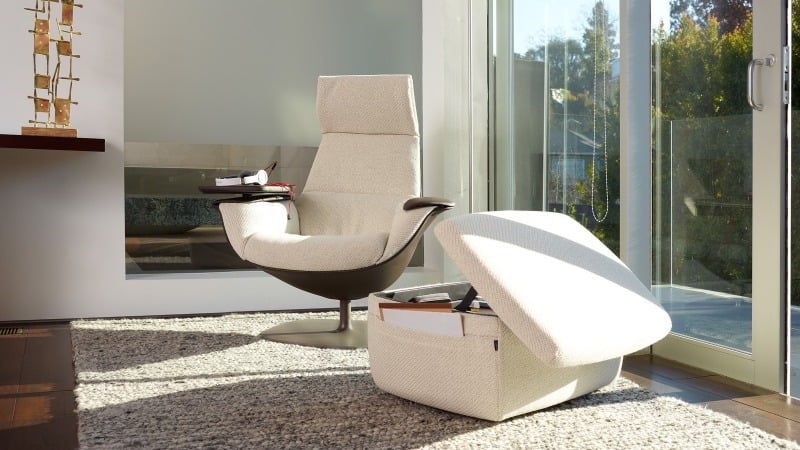
.jpg?width=800&height=450&name=My%20project-1%20(97).jpg)
